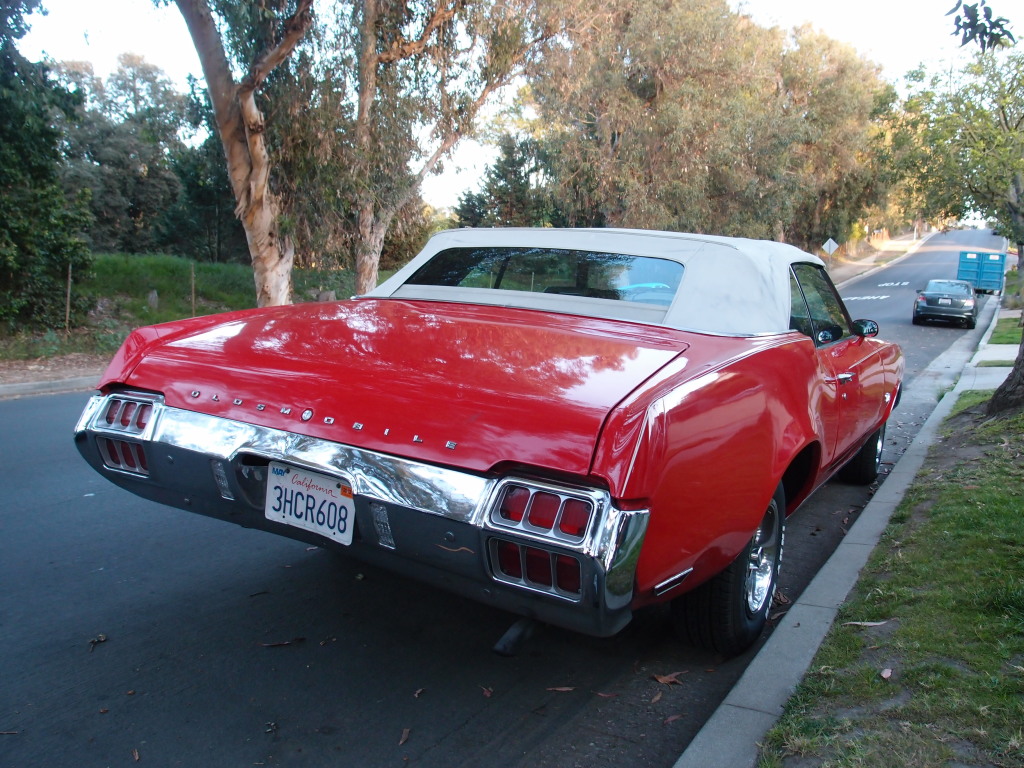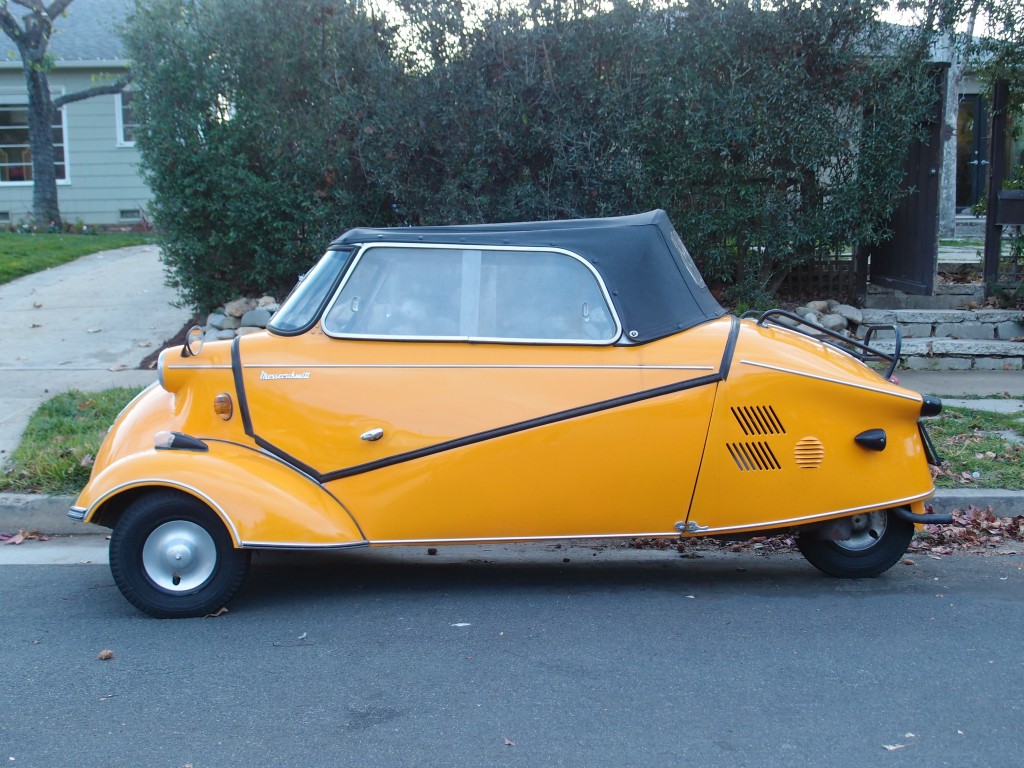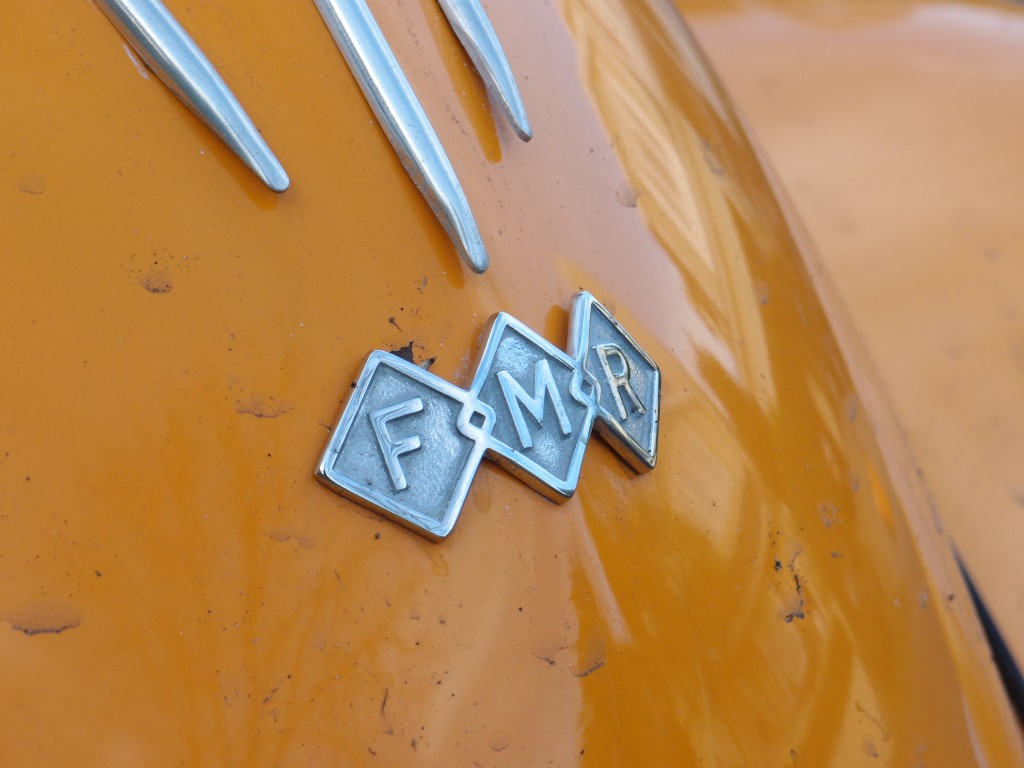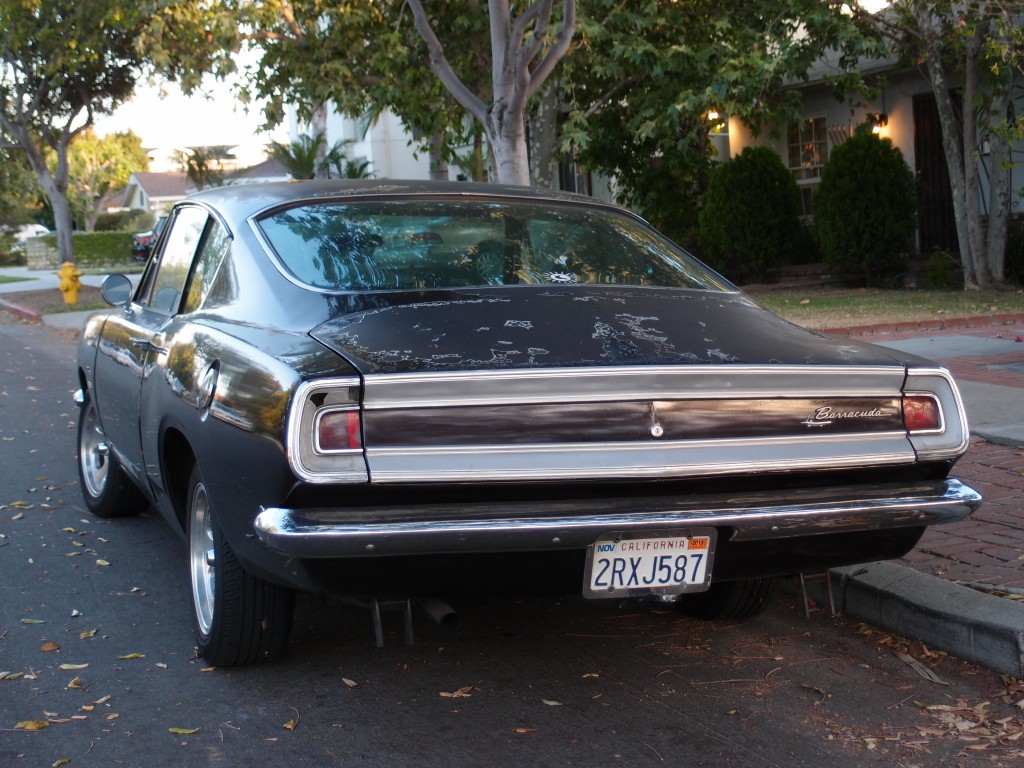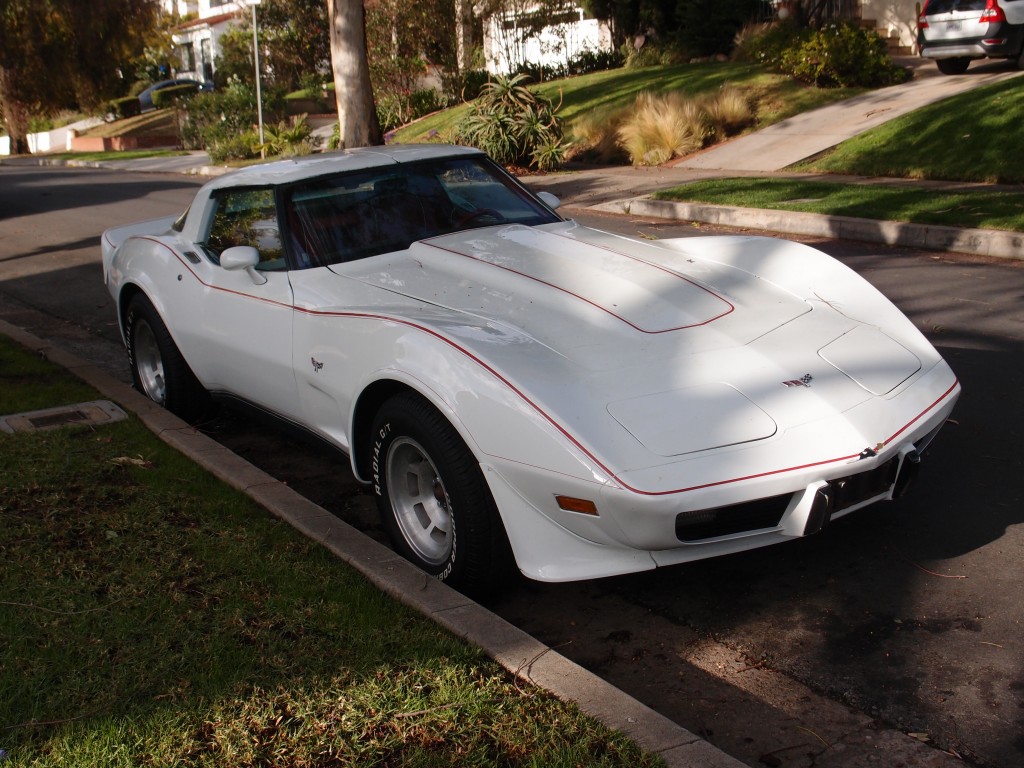Powered by a 220 cubic inch inline six and a three-speed manual, the R110 was a popular truck in its heyday, back when International Harvester was still a major player in the light truck industry. Their market share began to dwindle through the 1960s, and by 1975 they had discontinued all trucks. The venerable Scout soldiered on until the 1980 model year, when International Harvester’s passenger car division was shuttered and the company moved on to heavy-duty trucks and school buses.
Century City, Los Angeles, CA
Photographed April 2013









